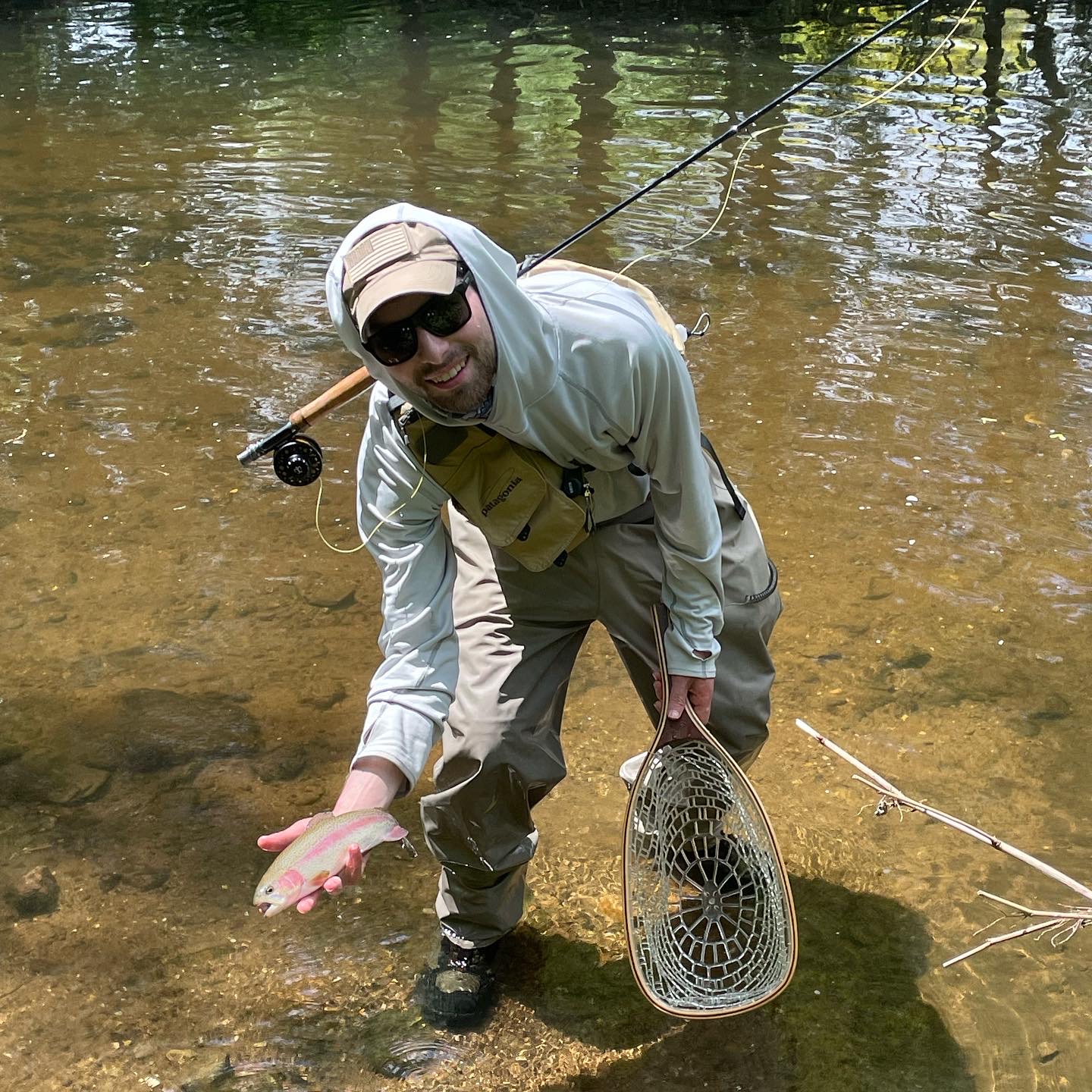The Controversy Surrounding the Proposed Culling of 200,000 Cattle in Ireland
- Kevin Bombace

- Jun 12, 2023
- 2 min read
In recent times, an alarming proposal to cull 200,000 heads of cattle in Ireland has stirred significant debate and controversy. The plan, aiming to reduce greenhouse gas emissions associated with the agricultural sector, has faced strong opposition from farmers and agricultural stakeholders. This blog post seeks to shed light on the issue, exploring the reasons behind the proposed culling, the concerns raised by farmers, and the complexities surrounding sustainable agriculture and climate action.
The Background: Reducing Emissions in Agriculture:
Ireland, like many countries, faces the challenge of reducing its greenhouse gas emissions to combat climate change. The agricultural sector, including cattle farming, is a significant contributor to these emissions, primarily due to methane production from livestock. In an effort to meet climate targets, the government proposed the culling of 200,000 cattle to reduce the national herd and subsequently lower emissions.
Farmers' Concerns and Opposition:
1. Economic Impact: Farmers argue that the proposed culling would have severe economic consequences for their livelihoods. Culling a substantial number of cattle would lead to financial losses and reduced income, jeopardizing the viability of many farming operations.
2. Livelihood Threat: The agricultural sector is deeply ingrained in Ireland's rural communities, and farmers fear that culling large numbers of cattle could disrupt the social fabric and threaten the survival of rural economies. The loss of jobs, businesses, and support services associated with the industry would have wide-ranging impacts.
3. Alternative Solutions: Farmers advocate for exploring alternative solutions rather than focusing solely on culling. They argue that investing in research, technological advancements, and sustainable farming practices could help reduce emissions while maintaining viable farming operations.
4. Sustainable Agriculture: Many farmers believe that sustainable agricultural practices, such as regenerative farming, precision farming techniques, and improving herd genetics, can contribute to emission reductions without the need for extensive culling. They argue for a holistic approach that considers both environmental sustainability and the economic viability of farming.
The Complexity of Sustainable Agriculture:
1. Methane Reduction Strategies: Farmers point out that emissions from agriculture, particularly methane, can be mitigated through various means. Improved feed quality, dietary supplements, and anaerobic digestion systems can help reduce methane production in cattle, contributing to emission reductions.
2. Carbon Sequestration: Agriculture has the potential to act as a carbon sink through practices that enhance soil health and promote carbon sequestration. Farmers advocate for incentivizing and supporting regenerative farming practices that increase carbon storage in soils, offsetting emissions and contributing to climate change mitigation.
3. Balancing Environmental and Economic Concerns: Achieving sustainability in agriculture requires a delicate balance between environmental considerations and the economic viability of farming. Farmers argue for a comprehensive approach that acknowledges the vital role agriculture plays in food production, rural development, and job creation, while working towards emission reduction goals.
The proposed culling of 200,000 cattle in Ireland has sparked intense debate and opposition from farmers, highlighting the complex interplay between sustainable agriculture and climate action. While addressing greenhouse gas emissions is crucial, it is essential to consider the economic, social, and environmental implications of any proposed measures. Exploring a range of solutions, including investing in sustainable farming practices, improving herd genetics, and promoting carbon sequestration, can pave the way for a more balanced and effective approach to reducing emissions while safeguarding the livelihoods of farmers and the future of rural communities.

Comments